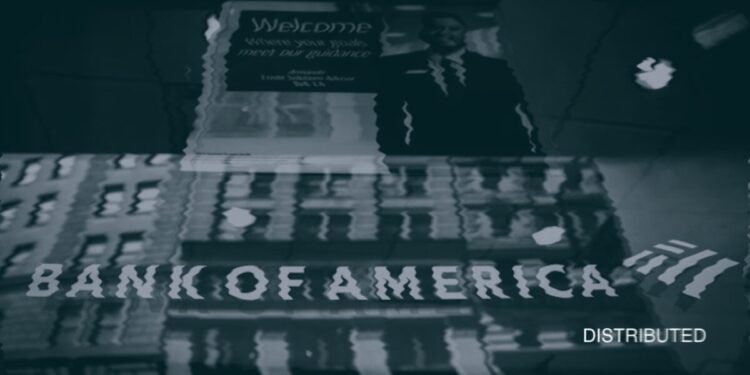The U.S. Federal Reserve is quietly revisiting the way it assesses the health of the nation’s biggest banks, a move that could reshape the banking landscape for years to come.
According to a report by the Wall Street Journal, the central bank’s incoming vice chair for supervision is initiating a review of confidential ratings that determine how sound and stable major financial institutions really are. This initiative has captured the attention of financial insiders and regulators alike, as it suggests possible changes in how bank performance and risk are measured.
These ratings, used to evaluate banks with over $100 billion in assets, are typically kept under wraps and are the result of detailed internal assessments. They look at everything from how much capital a bank holds to how well it manages liquidity and corporate governance. While such evaluations have always involved rigorous checks, the prospect of altering them has raised eyebrows among some examiners within the Federal Reserve system, who worry about potential shifts in oversight philosophy.
At the center of this unfolding story is Michelle Bowman, the nominee for the Fed’s top regulatory position, Vice Chair for Supervision. A seasoned Fed board member since 2018 and a former community banker, Bowman was originally appointed by President Donald Trump. She has consistently advocated for a more lenient regulatory approach, often criticizing efforts by the Biden administration to enforce stricter rules across the financial sector. Now, with her poised to step into a more influential role, speculation is growing over how her leadership could recalibrate the Fed’s regulatory stance.
See Related: South Korean Regulator To Hold Talks With SEC On Spot Bitcoin ETF
Latest Supervisory Ratings
The Fed has not yet released the latest supervisory ratings for large U.S. banks, and according to insiders, it plans to wait until Bowman is confirmed by the Senate before moving forward. Only a third of the largest banks received top marks in last year’s supervision and regulation report, a result that drew considerable backlash from the institutions evaluated. These ratings are not just a performance report card, they influence everything from investor confidence to how freely a bank can operate or expand.
The future implications of this review are significant. If Bowman adjusts how these ratings are calculated, we could see a shift in how aggressively the Fed monitors capital buffers, liquidity positions, and internal risk management frameworks. It could also mean a more business friendly environment for banks, especially if the focus moves away from stringent oversight and toward a more flexible, market driven approach.
This significant change could open the door to a broader rethinking of bank regulation in the U.S. With the financial sector evolving rapidly due to advances in technology, decentralized finance, and global economic shifts, the frameworks used to regulate banks must also adapt. While a lighter regulatory touch could foster innovation and growth, it also raises concerns about systemic risk, especially in times of economic uncertainty. The balance the Fed strikes under Bowman’s supervision will play a pivotal role in shaping the stability and competitiveness of the American banking system in the decade to come.



